Every vegetable that bursts out of the ground is a gift to me. The wispy little feathers of emerging carrots, the blink-and-they’re-there sprouts of lightning-quick radishes, and the first true leaves of a tomato plant — heralding the impatient wait for it to grow and produce the fresh tomatoes of summer. Peas, however, are extra-special.
Planted early in the year from a bigger seed than many other garden greats, their sudden emergence is both visually and emotionally noteworthy; a signal of hope that winter is over, and fresh greenery is about to cover the land again.
I enjoy cooking with tomatoes warm from the sun, arm-length zucchini, and shiny, onyx-dark eggplant but must admit, I hardly ever cook with peas. They never make it into the house. They are garden candy, sweet and juicy and way too tempting when one passes the food plot. I should plant more, I guess. Maybe someday there will be enough!
If your recollection of peas is limited to the pasty, nasty things that squish out of a can and offer little else than a rank smell, let me introduce you to peas as they really are — sweet, delectable, preservable, and truly easy to grow, no matter where you are. Read on to learn more about planting, maintaining, and growing peas.
Planting Peas
True peas (P. sativum varieties) are a cool-weather crop, growing best in the very early spring or the fall. They’re one of the first plants to harvest each year, encouraging sprouts to break ground while the rest of the world is waking up from winter slumber.
When should you plant peas?
You can plant peas directly in the garden at the beginning of spring. This is usually about 4 to 6 weeks before the last frost date — peas don’t care if they get snowed on!
Gardeners in zones 2 through 9 will have the best success with true peas, but don’t fret if you live in warmer climates. Pigeon peas or cowpeas may then be more your style.
Can I start pea seeds indoors?
Although peas prefer to be direct sown, it is possible to start them inside. If you want to get an early start on growing your peas, you can start them indoors and transfer them outside once the weather is right.
Use pea pots and sow the pea seeds 1 to ½ inch deep. They will be ready to be transplanted about 4-6 weeks later. Prepare the seedlings by hardening them off to cooler temperatures and full sun. Then, you can plant the entire pea pot in the ground without disturbing the roots.
LOBO235 / FLICKR (CREATIVE COMMONS)
For fall plantings, get seeds in the ground about 10 weeks before the first expected frost. You may need to protect the heat-sensitive seedlings with shade if a fall heat wave passes over your area. Fall-planted peas usually won’t produce as much as their spring-sown counterparts, but they will give you something to enjoy while the majority of the garden begins its decline.
Can you plant peas in the same spot each year?
Unlike many seed varieties, peas don’t mind crowding. The more the merrier! Even 100 plants (in a successive planting pattern) shouldn’t be too much for a family of four to eat fresh peas, so let the plants rub shoulders and enjoy the benefits.
However, you should avoid planting peas in the same spot every year. It is recommended that you rotate them every 3-5 years to help redistribute the nutrients in the soil.
Should you fertilize peas?
Since peas fix nitrogen into the soil (like the legumes they are), they don’t need the richest soil either. They’ll make it richer for everyone else. In fact, too much nitrogen in the soil will just encourage profuse leafy growth with few flowers, and few flowers mean few pods.
If you want to fertilize, use a high phosphorus fertilizer such as a 10-10-10 or a 15-30-15 to stabilize the nutrients in the soil. They will also benefit from a well-rotted manure, compost, or organic matter at the beginning of planting. Peas will do best with soil temperatures between 40 to 70 degrees fahrenheit, with a pH sound 6 to 7.5.
Conditions For Growing Peas
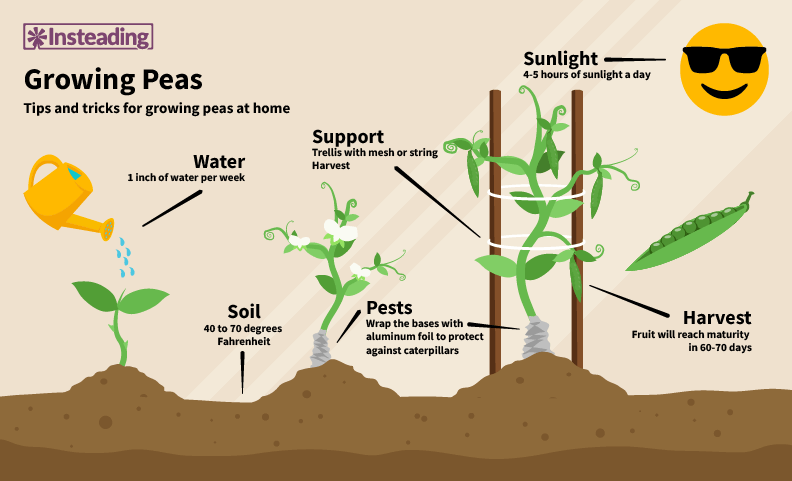
Basically, you need to make sure they have full sun, decent air circulation, and good drainage. This fall crop should be getting 4-5 hours of sunlight a day, and 1 inch of water per week.
Since they’re planted so early, spring rains could be a problem that turn the soil into a muddy mess. If you struggle with drainage in your garden, raised beds could be a fabulous answer to protect your growing peas and allow for well-drained soil.
What companion plants are compatible with Peas?
Peas are compatible with a variety of plants, as long as their growing requirements are similar. Companion plants for peas include beans, carrots, celery, corn, cucumbers, eggplant, and more.
However, avoid planting them near plants in the Allium family (such as onions or garlic) as they are incompatible.
Do peas need trellises or support?
Mulch them once they’ve reached at least 3 inches tall, and be sure to provide something for their merry vines to climb up as they grow. Some varieties don’t vine as vigorously as others, but all will require and benefit from some sort of trellis.
If they are planted close enough together, they can even provide support for each other as they continue their upward climb.
U.S. DEPARTMENT OF AGRICULTURE / FLICKR (CREATIVE COMMONS)
Peas have delicate little tendrils, so the best sort of trellis will have a mesh or string to grab. Alternately, you could go with the old-fashioned, traditional pea support of a sturdy, multi-armed branch about 3 to 4 feet tall, sharpened at the base, and driven into the ground.
Related Post: 15 Trellis Plants For Your Wall, Pergola, And Arbor
Can I plant peas in a container?
Growing peas in pots is an option if you are limited to a container garden, but most varieties are not ideal for containers.
All peas want to vine to some degree, though some varieties grow much longer than others. They range in length from 2 feet to truly lengthy 6-foot vines, so read your seed packages carefully.
USDA NRCS MONTANA / FLICKR (CREATIVE COMMONS)
What types of peas do well in containers?
Regardless of what cultivar you choose, you’ll be sure to enjoy some pretty flowers. When you’re growing peas you’ll notice that they make truly lovely blooms!
If you are able to find it, the Tom Thumb Garden Pea is an ideal container plant as it does not notably vine and usually reaches a diminutive height of 9 inches. Little Marvel Garden Pea is another good choice for containers as it is a bush-type and typically bears heavily.
If you do plant a vining type, look for one that has around 2-foot vines such as Cascadia, Lincoln, or Snowbird. Set a tomato cage in a large pot, plant several seeds, and guide them as they grow. You’ll have a flowerful and delicious-podded centerpiece on your porch in no time.
Pea Pests And Diseases
Peas are pretty laid-back as far as garden plants go. The real threat to them is heat as it will totally shut them down, so make sure to plant them as early as you can before the summer steals your sweet-podded treats away. Peas can germinate, albeit slowly, in soil as cold as 40 degrees Fahrenheit, so don’t be shy!
That said, you should look out for the following common pest and disease issues when growing peas.
Cutworms
I have had issues with cutworms truncating the growth of my pea plants. If they’re really an issue in your garden, wrapping the tender bases of new plants with a tinfoil collar is supposed to deter the caterpillars for long enough to let the pea establish itself.
If you do suffer losses, try replanting peas as quickly as you can to replace those taken.
Pea Leaf Weevils
Another pest that can cause havoc with your pea plants is the pea leaf weevil. As with cutworms, they only affect young plants, so the two best keys to defeating these bugs is to rotate planting locations and fertilize well. Well-fed peas will grow quickly and will soon be able to grow past any bug damage.
A third issue to your pea harvest may be the presence of adult weevils and their larvae in your harvested, dried peas. If left unchecked, they’ll eat and reproduce continuously. Thankfully, controlling weevils is as simple as allowing the harvested peas to be frozen for at least 48 hours.
I like to freeze my dried harvest twice and allow it to warm to room temperature for a few days between each freezing cycle. This method ensures that any eggs that somehow escaped the effects of the first freeze (and are triggered to hatch in the warmth) will be quickly killed with the second freeze.
Birds & Rabbits
Birds and rabbits also adore peas. Birds will often pluck new seedlings out of the ground to get at the seeds themselves, and rabbits can clear out a patch overnight with their nibbling.
If they prove a problem, a chicken wire fence around the garden can protect them from the furry thieves, and bird netting can defend against the feathery sort.
Mildew
There is also a chance peas will develop a powdery mildew in the form of small whitish-gray spots. This usually occurs due to too much moisture such as a dewey morning or poorly drained soil. To mitigate this, avoid planting peas in shaded areas and don’t over-fertilize.
Harvesting Peas
The more you work with your plants, the more you’ll develop an innate sense of when the time is ripe for pods to be plucked. Here are some general guidelines for when and how to harvest your peas.
When are peas ready to be harvested?
Most peas are ready to pick about 60 to 70 days after being planted, but you can maximize the short window of spring pea-growing with several tricks.
First, stagger your plantings of the same cultivars, adding more seed every 10 days or so.
Second, try planting several cultivars that mature at different times. Sugar Ann is a snap pea that requires only 55 days, for example. Or try Snowbird, a snow pea that usually matures in 58 days, and gives you early picking while you wait for other varieties to reach maturity.
JANE DICKSON / FLICKR (CREATIVE COMMONS)
How can I encourage more peas to develop?
The more peas you pick, the more peas your plant will make. Just be sure not to yank them off the vine.
Pinching or cutting them will keep the plants from getting stressed or damaged.
How to harvest shelling peas
For green shelling peas — like the kinds you see the frozen aisle — harvest when the pods have filled out but are still bright green and fresh-looking.
Flat, sweet snow peas are ready when the pod has reached full size, but before the seeds begin to swell.
Related Post: Plant-Based Protein: The Definitive Guide
How to harvest snap peas
Snap peas are ready after the seeds have reached their full round shape and while the pod is still tender.
How to dry and store peas
Of course, if it’s a dry, storable harvest you want, you’ll need the pods of shelling peas to develop to dried-out maturity. Allow the pods to entirely wither and turn brown, and then set up shop in a dry room to process the peas.
Allow the shelled peas to dry out for at least three weeks, and then store them out of sunlight in a sealed container. Be on your guard for pea weevils, too. If necessary, you may need to freeze the harvest to prevent the bugs from feasting on all your hard work.
Pea Varieties
When reading up on the varieties of peas available to plant, you may be shocked by the sheer number of different types of peas. Trying to choose between the hundreds of cultivars may make your head spin. How do you choose between english peas, sweet peas, or sugar snaps? Some have edible pods. Some are only grown for their seeds … and some aren’t even safe to eat.
Adding to the confusion, every type of pea can go by several different names. To give you an inside edge, here’s a handy little guide to help you figure out the terms that may be listed in a seed catalog.
Garden Peas, English Peas, Shelling Peas
WHITNEY / FLICKR (CREATIVE COMMONS)
“Pease porridge hot, pease porridge cold” as the old rhyme goes. And though the idea of fermented, 9-day old porridge may be positively foul to our modern tastes, the dried seeds of shelling peas have been a European staple for hundreds of years — well before true beans made their way from the Americas to the rest of the world.
Related Post: Growing Green Beans
Shelling peas are, true to their name, eaten after the seeds have been removed from their tough, stringy pods. The seeds can be eaten fresh, or harvested after they have matured and dried. You see these in stores as split peas.
Snow Peas, Sugar Peas, Edible-Podded Peas
ESSIE / FLICKR (CREATIVE COMMONS)
Snow peas (P. sativum var. saccharatum) got their name from the fact that they were and are often grown in open fields during the winter. Snow peas are typically eaten while the thin, flat pods are immature, tender, and sweet. As the entire pod can be eaten, the logic for another common name for this variety is obvious. “Mangetout”– from the French for “eat all.”
Sugar Snap Peas, Snap Peas
RUTH HARTNUP / FLICKR (CREATIVE COMMONS)
A relatively recent creation of the 1950s, sugar snap peas (P. sativum var. macrocarpon) are a cross between snow peas and mutant shelling peas. As a result, rather than growing flat like snow peas, snap peas are round, and can also be referred to as “mangetout” because the entire unripe pod is also edible.
Plants Called Peas That Aren’t Peas
There are several additional genera of plants also called peas that aren’t technically peas. These not-peas can also make a wonderful addition to the homestead garden, so they’re worth looking up!
Cowpea
While not technically in the pea family, these legumes are still a fantastic crop for the beginning gardener. Tolerant of heat, drought, and poor, acidic soil, cowpeas (Vigna unguiculata) were part of many historical homesteader’s first gardens when they reached their land allotment.
Available in a rainbow of colors, cowpeas are edible as “green beans” if picked when young. They can be shelled and dried for a long-term storage crop, fix nitrogen in the soil, and can even be used as a hay crop.
Pigeon Pea
Another heat-tolerant legume, the pigeon pea (Cajanus cajan) is a perennial that is grown widely in warm and tropical areas, usually zones 9 through 15. They’re an important staple in many parts of the world as they can be grown in sun, shade, and soil of any quality.
Sweet Pea
With a name like sweet pea, you’d think this variety belongs alongside some mashed potatoes and beef. The truth is, the sweet pea (Lathyrus odoratus) should be nowhere near your dinner plate. It’s borderline toxic! Grown for its lovely annual blossoms, the sweet pea is named for the intoxicating aroma of its flowers, not its flavors.
Do you share a love of peas like I do? Tell me your favorite varieties, recipes, and bird-deterring ideas in the comments below!


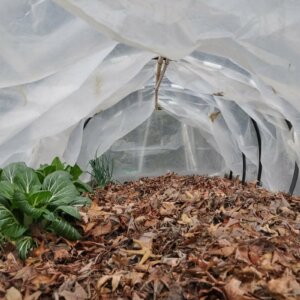

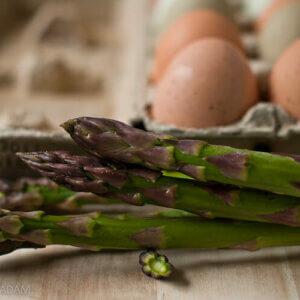


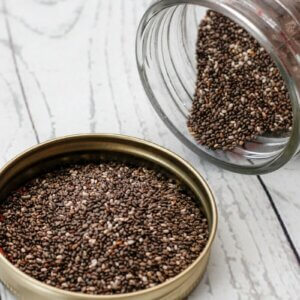

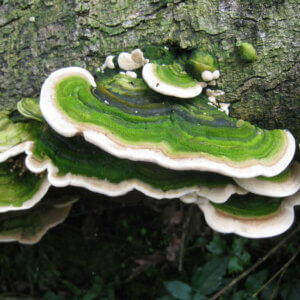

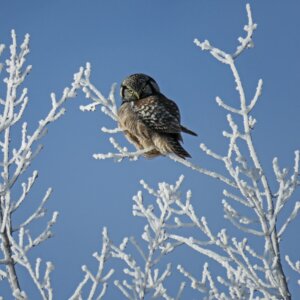
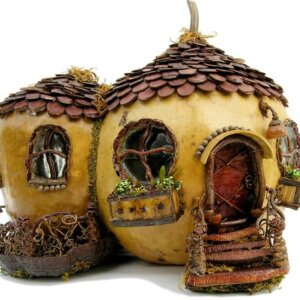
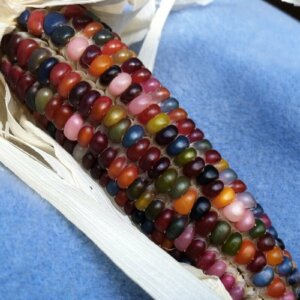
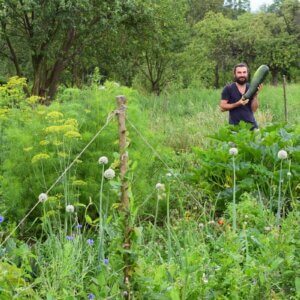


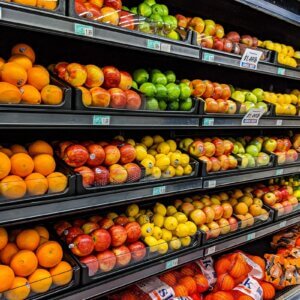
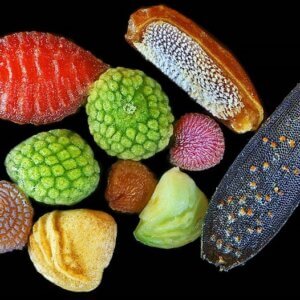


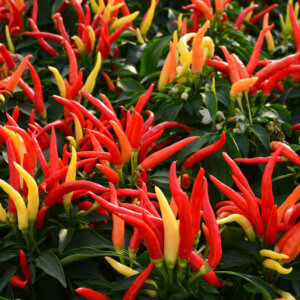
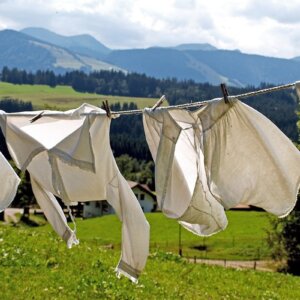
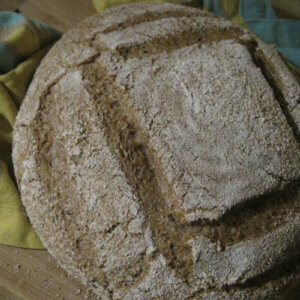
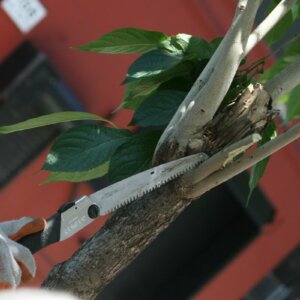
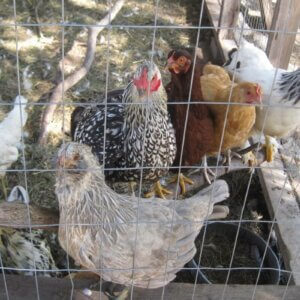

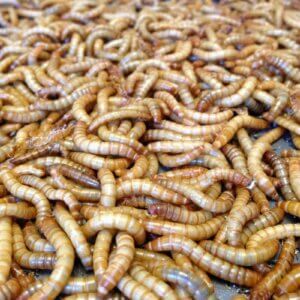

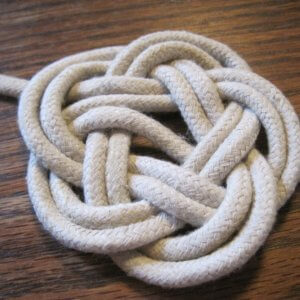
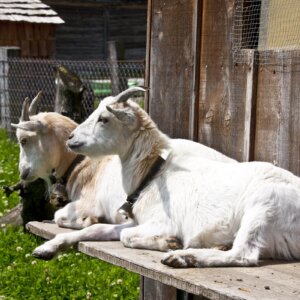
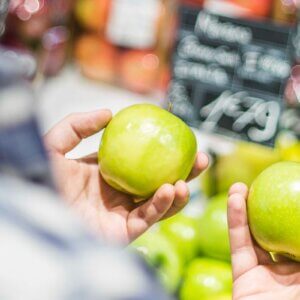

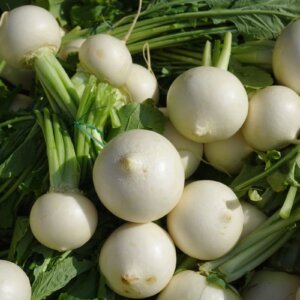
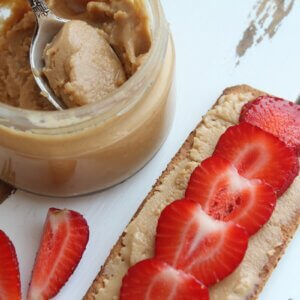


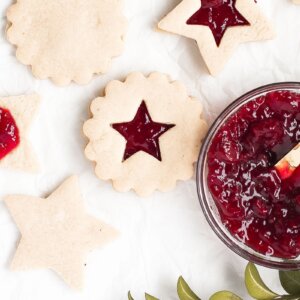
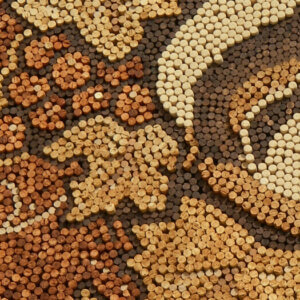
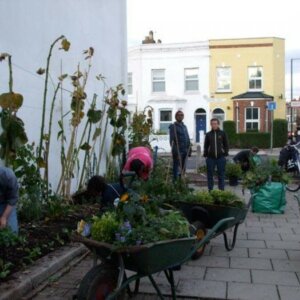
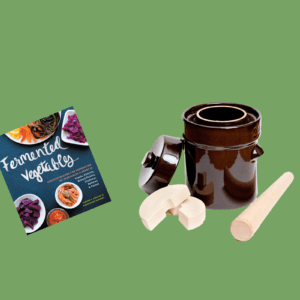
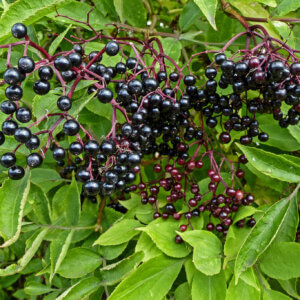
Leave a Reply